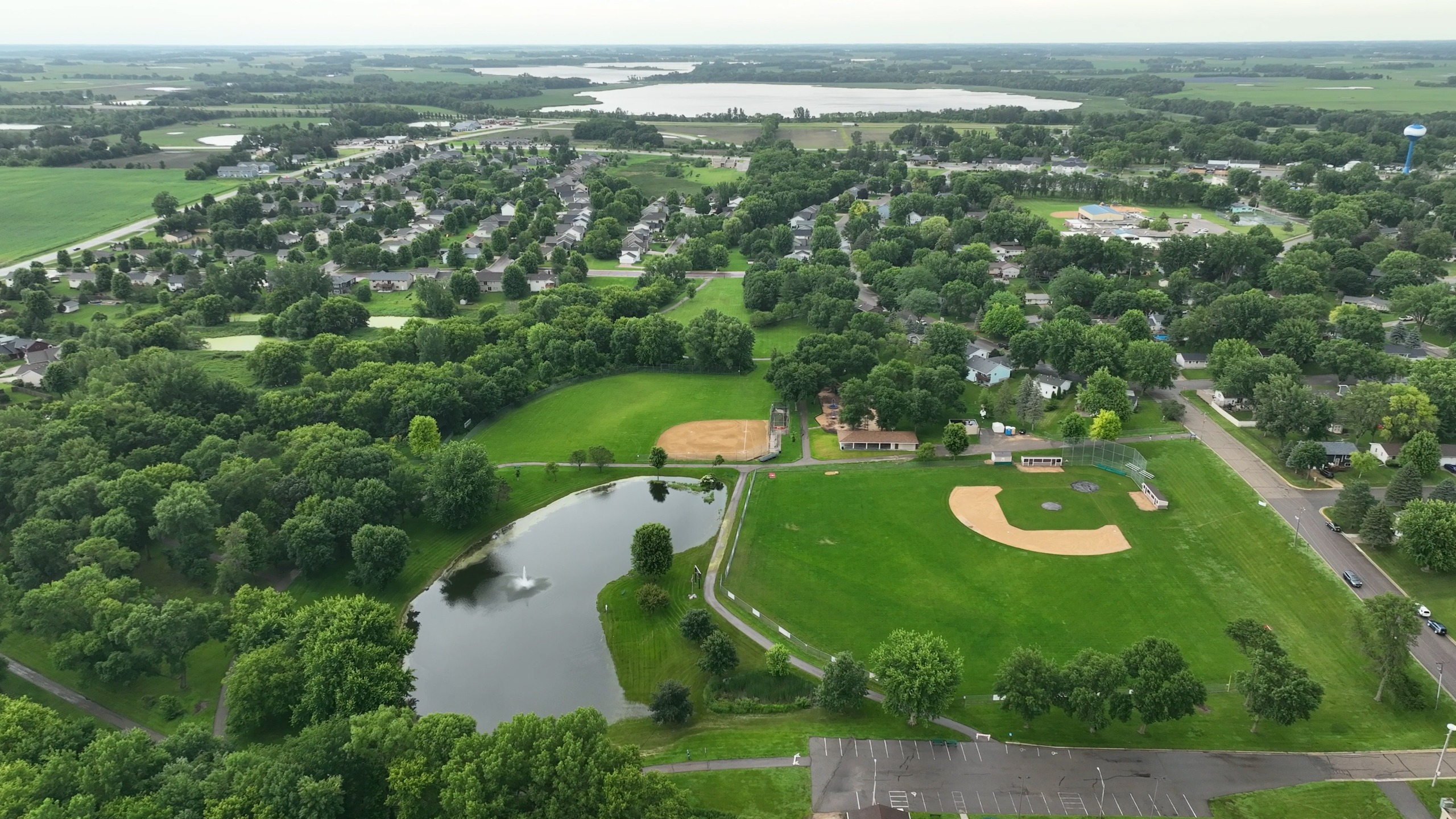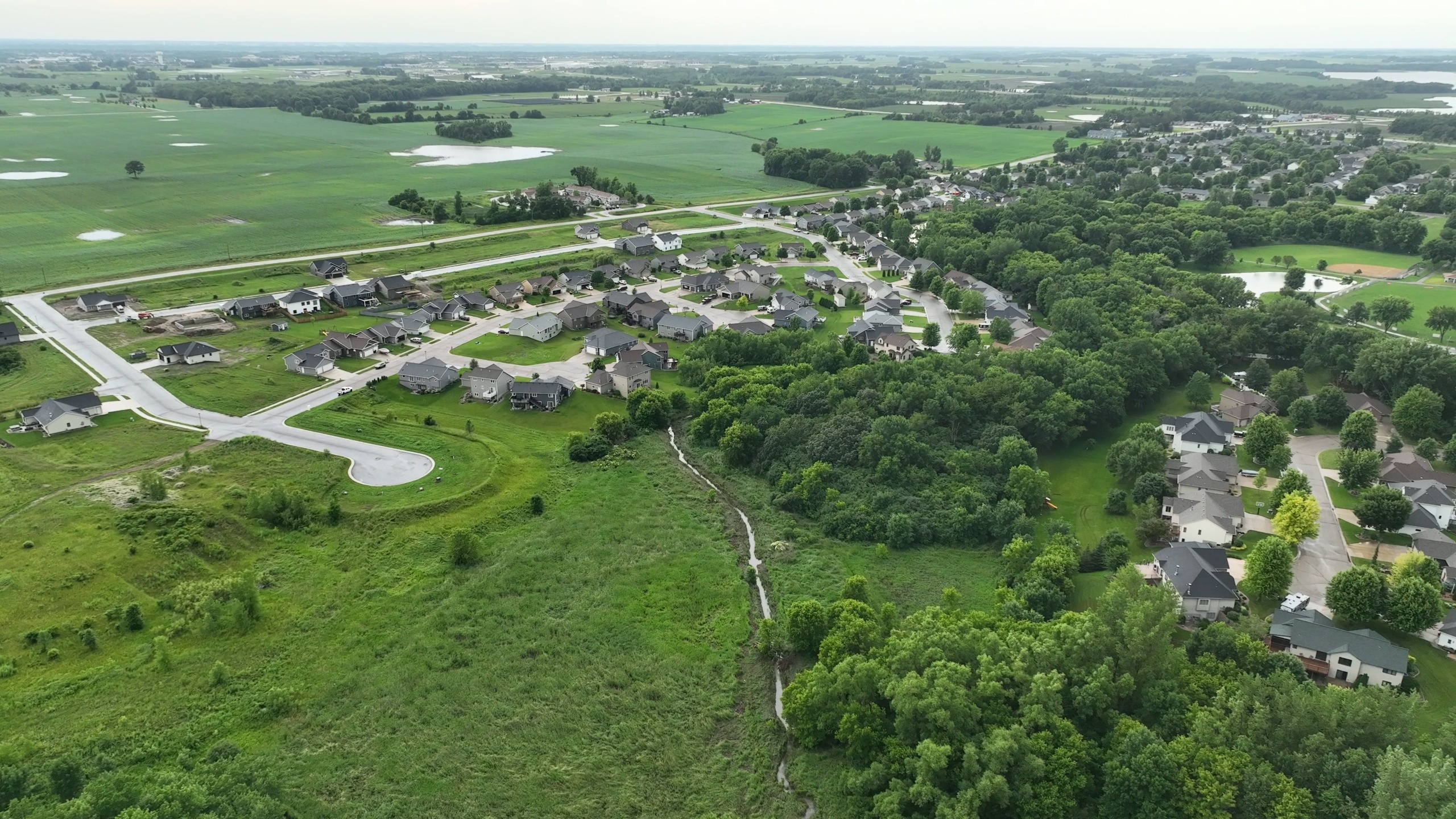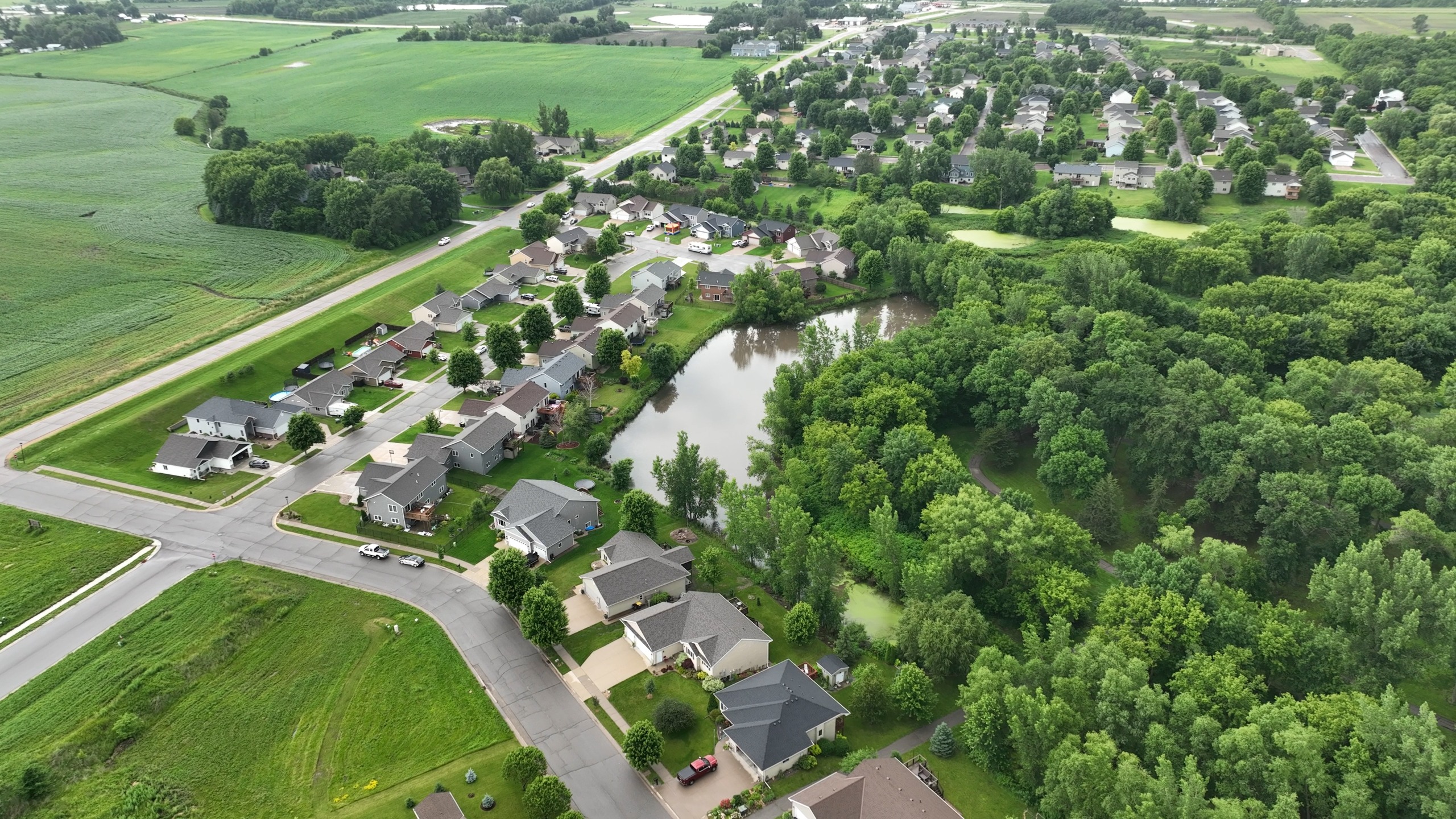The City of Eagle Lake has received a grant from the Minnesota Pollution Control Agency (MPCA) providing the City with funding to plan for future flooding and extreme weather impacts. The City seeks to hear from residents and people who use public spaces. Feedback from the community will be used to develop a Resiliency Plan guiding future development and redevelopment of the City's public spaces, including parks, open spaces, pedestrian facilities, and other public buildings.
Proactive planning now will ensure that when extreme weather events in the future occur, the City is more prepared for them and ultimately spends less money recovering and rebuilding from detrimental weather events. It also ensures that the City is focusing on the health, safety, and quality of life for its residents.
Project Goals
- Mitigate localized flooding
- Identify and develop solutions for the community assets most at risk from extreme weather
- Evaluate pollution issues related to improper yard waste management
- Evaluate local support for a compost facility based on identification of potential compost sites concepts
- Develop a comprehensive Climate and Resiliency Plan to guide future investments and flood mitigation strategies
The Process
- Update the City’s existing stormwater drainage study by considering future climate and local development scenarios.
- Conduct a climate vulnerability assessment by engaging the community through a variety of strategies.
- Create a pathway for future development by evaluating and developing concepts for a compost facility.
Climate-Related Resources
Climate change is experienced differently throughout the world and within society. In Minnesota, major impacts of climate change that pose significant local health and safety impacts include extreme heat (hotter summers and less cool winters) and extreme precipitation events.
According to the Minnesota Department of Health (MDH), data from 1960-2016 shows that the recent rate of warming for Minnesota has sped up substantially to over 0.5°F per decade, which equates to an overall temperature increase of approximately 3°F since 1960. Extreme heat waves pose significant health threats, such as exacerbation of diseases, causing the highest number of fatalities each year out of all weather-related events.
MN Average Annual Temperature (Source: NOAA, 2017)

As experienced during the summer of 2024, frequent and intense rainstorms in Minnesota are now occurring more than any time on record, and the trend is projected to continue. Annual precipitation has increased as well, especially in southern Minnesota. Record-breaking floods cause damage to streets, wastewater facilities, businesses, homes, farms, and natural resources. These damages cost local governments, residents, and business owners millions of dollars in cleanup and repairs. Flooding also has negative impacts on human health by damaging health care facilities, promoting mold growth in homes, or causing death by drowning. (Source: Minnesota Pollution Control Agency)
Climate impacts are not equally created or distributed across society. The concept of climate justice emphasizes how marginalized or underserved population groups (e.g., Black, Latinx, Indigenous, low-income, elderly, people with disabilities, and other vulnerable populations) are often those most exposed to the impacts of climate change yet are typically excluded from the decisions to address these risks. This can result in unequal distribution of resources and efforts across areas, job loss, etc.
Small investments to a community's open spaces and infrastructure have the potential to reduce the impacts of climate change.
- The strategic placement of more trees and vegetation aids in combating high temperatures by providing shade, deflecting radiation from the sun, and releasing moisture into the atmosphere.
- Green infrastructure and pervious surfaces let water soak through and help city stormwater systems handle heavy rain and reduce the risk of flooding.
- Composting helps the climate by reducing greenhouse gases. increasing carbon absorption by healthy plants, and making local projects more resilient to climate change.











